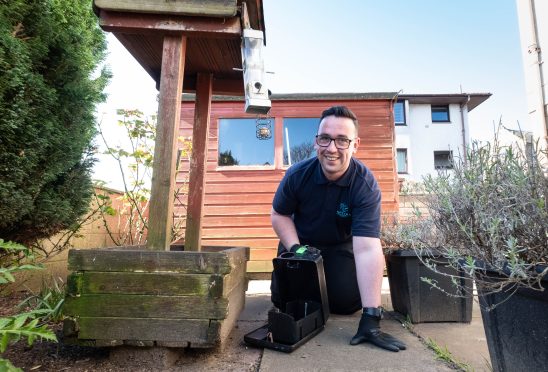As snorkel dives go, this was a real lung buster. From the surface of the warm autumnal Mallorcan sea I could just discern the octopus moving slowly over the seabed about 25ft below.
Three deep breaths, I up-ended my body and slipped beneath the waves, flippers beating furiously to propel me down. The octopus stopped moving. It had seen me and was now relying upon its chameleon-like camouflage to remain undetected. But as I drew closer it realised the ruse had failed, so plan B went into operation; the body elongated and with trailing tentacles the octopus zoomed away, releasing a cloud of dark ink to obscure my view.
I was momentarily entranced by the black threads of ink hanging in the water, but now my chest was aching and it seemed an awful long way back to the surface. There was a real sense of relief when I bobbed back into the water-lapping sunshine above and it also took a tad longer than normal to recover my breath. Age was catching up; this was a dive I would have completed with ease a few years ago.
No matter, for I was delighted to have seen an octopus. In over four decades of regularly snorkelling in the Mediterranean this was only the fifth one I had seen. My first encounter was when snorkelling in Greece in the early 1980s. Unusually for an octopus it was swimming over sand, and with nowhere to hide, I caught it with my right hand.
Instantly its tentacles suckered onto my wrist and now the tables were turned because it was gripping onto me and I was unable to get rid of it! The octopus is a most fascinating creature and an intelligent one too. Captive specimens can learn how to navigate through mazes and even twist open the lids of jam jars to obtain the food inside.
This holiday trip to Mallorca last week was a wonderful eye-opener into the island’s abundant wildlife. Each evening whilst sitting on the balcony of our apartment overlooking the Serra de Tramuntana mountains, my wife and I watched black and griffon vultures soaring to their cliff roosts.
The black vulture has made a remarkable comeback in Mallorca. A few decades ago there were only a handful left, but thanks to conservation efforts, over 30 pairs bred this year. It is Europe’s largest bird of prey, bigger even than the huge sea eagles we find in Scotland.
But one of the real joys of Mallorca in autumn was the constant stream of migrating birds passing by on their way to Africa from their northern European breeding grounds. One evening, while gently nursing a glass of cold beer on our balcony, I watched a flock of swallows swirling in the air when another much larger bird hove into view. It was a booted eagle. I put my binoculars down and took another sip of beer.
My goodness I thought, I could get used to this type of birdwatching.
Info
Octopuses are also found in Scottish waters and feed mainly on crabs and other crustaceans. They are good swimmers and move by jet propulsion, forcing water through a short funnel.










